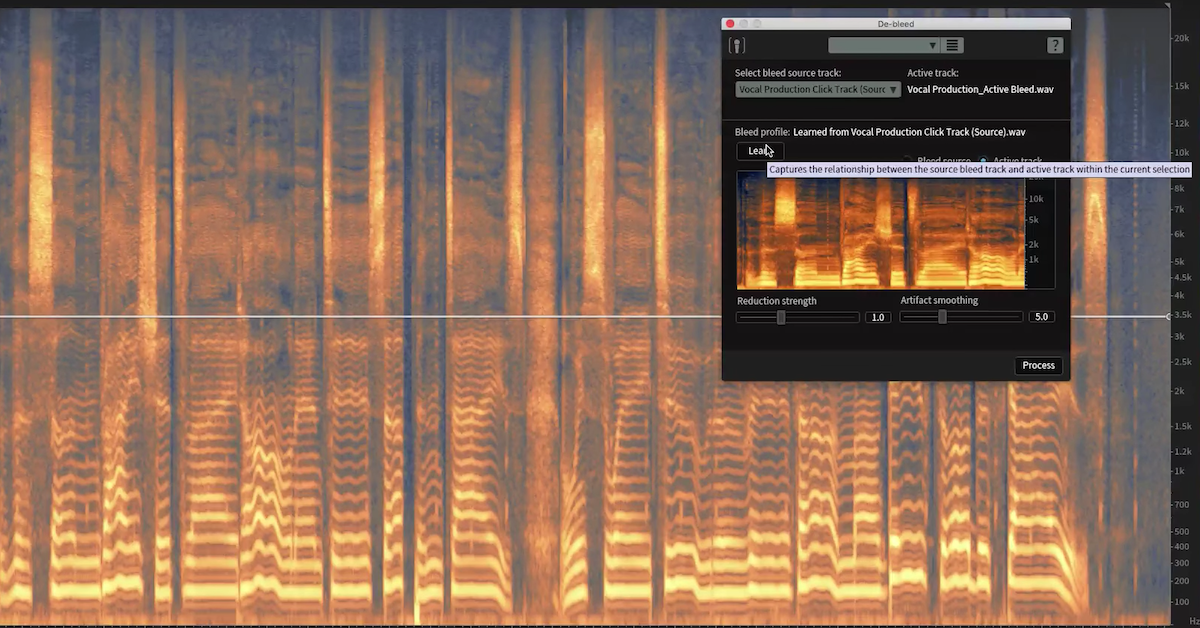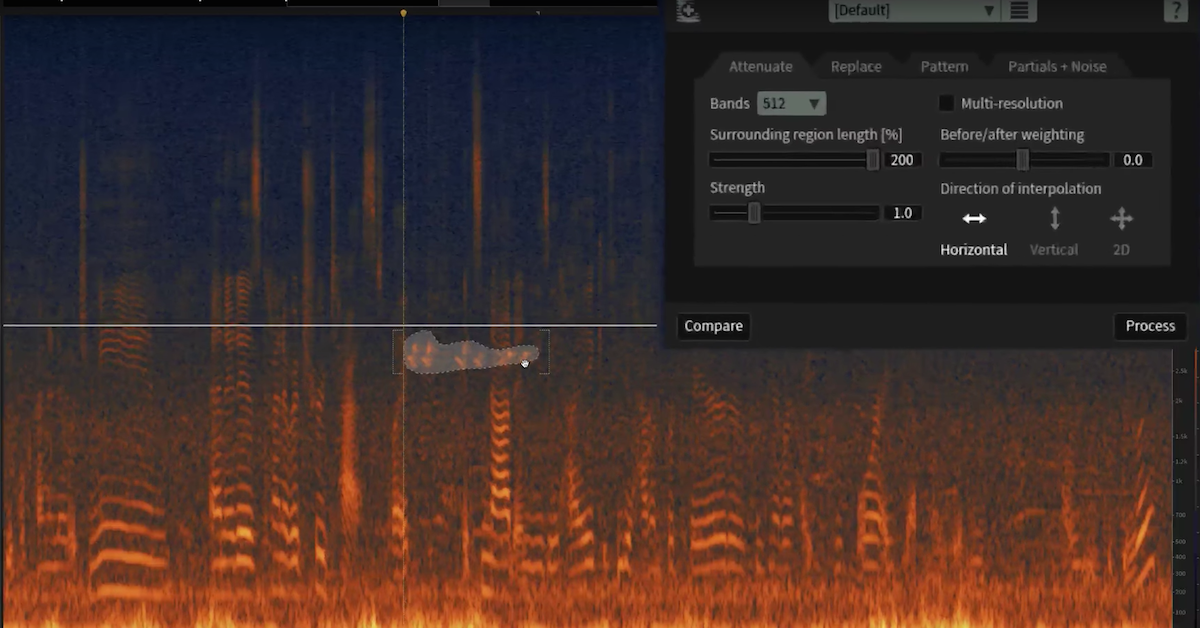A Guide to the Different Roles in Audio Post-Production
Article Content
If you’ve ever stayed after a movie ends to watch the closing credits, you’ll see hundreds if not thousands of names. Filmmaking is perhaps the most collaborative art form, and the greatest films are a result of a dedicated team of skilled artists working at the top of their game.
It’s important to keep in mind that the sheer number of different roles depends on the budget and scope of a production. I myself have been credited as the singular Post-Production Audio Engineer on a number of productions, but for films and programs that have budgets in the tens if not hundreds of millions, you’ll see the work divided amongst a large team.
Over 40 people are credited in the sound department alone for the 2018 Oscar-winner for Best Sound Mixing and Editing, Dunkirk. This doesn’t even include the many technicians, engineers and musicians who worked on the score written by Hans Zimmer.
If you’re interested in learning more about the specific jobs of the people who work behind the scenes in film, television, and even gaming, here is an overview of the different roles in Audio Post-Production.
Sound Supervisor (Supervising Sound Editor)
Perhaps the most important role in Post-Production Audio, the Supervising Sound Editor oversees virtually every other member of the sound team on a production. This includes managing budgets, ensuring that the crew is completing their work correctly and on-time, and regularly communicating with Producers and Directors regarding the progress of the sound team.
The Supervising Sound Editor may wear many hats depending on the size of the production, and is often involved in the recording of sound effects libraries for productions, handles some sound design duties, and works closely with the Foley, Dialog Editing, ADR, Music, and Re-Recording mixing teams.
Many Sound Supervisors are veteran engineers that have served as other roles on the sound team earlier in their career. The ability to multitask, stay organized, provide leadership and guidance, and work well with others are important skills for a Supervising Sound Editor to have.
Sound Design
This is arguably one of the more creative roles in Audio Post. Think about a film like the original Jurassic Park — with no dinosaurs currently living, we are only left to assume what kind of sounds they would make, and the Sound Designer’s job is to create sounds that are believable and will resonate with audiences.
The frightening roars, rattles, and screeches of the films’ dinosaurs were created by combining recordings of animals including walruses, dolphins, dogs and others. Recent research suggests, however, that dinosaurs didn’t in fact make terrifying roars as they did in Jurassic Park, but rather produced something similar to a duck quack. How disappointing… Dinosaurs are just one example of the many fantastical creatures, vehicles, and environments that we hear in movies, and it’s the Sound Designer’s job to bring all of these to life in a believable way.
Creativity, critical thinking, and resourcefulness are important skills to have as a Sound Designer. Many Sound Designers have a musical background, and while this isn’t a requirement, it certainly helps.
Foley
For more common, everyday sounds, we rely on the Foley team to immerse us in the world of the film. Named after sound-effects pioneer Jack Foley, Foley is created by one or several “Foley Artists” watching the film or TV Program, and literally acting out whatever is happening on screen, all while using props.
Footsteps, movements, and even the more seemingly insignificant sound effects are meticulously performed and recorded. For an in-depth look (and listen) into the wonderful art of Foley, it doesn’t get much better than The Secret World of Foley. In addition to the Foley Artists (or ‘walkers’ as they are sometimes referred to) there are also engineers whose sole responsibility on a production is to record, edit or mix the Foley.
Foley is performance art, it’s like dancing, and great Foley Artists allow themselves to be transfixed by the on-screen action. Additionally, Foley artists need to be very resourceful when picking out props to record with. Both Foley artists and engineers need to have an impeccable sense of rhythm and dynamics, and an obsessive attention to detail.
Dialog Editing
On set, the primary responsibility of the sound crew is to properly capture the dialog. Once this has been recorded, a dialog editor will go through, meticulously cleaning up any unwanted wind, clothing or mouth noise, and generating “fill” as to prevent any unwanted drops in room tone, otherwise known as ambience. This process is extremely important, detailed and time-consuming. I’ve found that iZotope RX 6 is an absolute life-saver for this job.
Dialog Editors also need to have a great attention to detail, and the ability to detect slight changes in pitch and rhythm in the human voice, so a musical background is helpful but not required.
ADR
For any lines from production that simply cannot be salvaged, we turn to ADR. Referred to as “Automated” or “Automatic” Dialog Replacement (formerly “looping”) this process involves getting the actor back in the studio, and then re-recording them reciting their lines alongside the original performance. There could be any number of reasons the original dialog is un-workable. Perhaps the actor was sick or the lines were delivered improperly. Perhaps some unfixable wind or background noise.
Regardless, getting ADR to fit seamlessly alongside production dialog is very challenging, and requires a great amount of finesse, attention to detail and a great ear.
Many of the skills that make a great dialog editor are also needed by ADR engineers. An understanding of acoustics is important as well, considering that matching the tone and space of the re-recorded dialog to match the original production audio is one of the primary jobs of the ADR team.
Composing
Music is one of the most effective tools in eliciting an emotional reaction from an audience. For music custom-made for a production, also known as underscore, we turn to a music composer.
Music can aid in dictating the tone and pace of a production — great directors appreciate and respect this, and collaborate with composers in creating an effective score that enhances the cinematic experience.
Once the main melodic ideas of the score are written, most composers rely on many other talented musicians and technicians to bring it to life. Arrangers, copyists, session musicians, as well as recording, mix and mastering engineers are just a few of the roles on the team that turns a simple musical idea into a finished piece of music for motion picture.
The best composers have an encyclopedic knowledge of music, a lot of patience and the ability to take direction. The ability to read music, dictate musical ideas to highly-trained musicians and the ability to play multiple instruments are practically must-have skills for anyone wanting to get into composition for visual media.
Music Editing
A music editor serves as a sort of liaison between the Director, Composer, Music Supervisor, and Picture Editor, ensuring that the flow and tone of a film’s musical soundtrack is appropriate and in service of the Director’s vision.
They generally begin by developing a temporary (temp) track that consists of pre-existing music. This temp track, which may contain a blend of popular and film soundtrack music, will serve as a guideline for the composer. The Music Editor has many other duties which include developing a click-track for the composer, conductor, and musicians to ensure precise timing. They will be present at recording and mix sessions, and are responsible for making any changes to the music track that may prevent it from flowing seamlessly with the edited picture.
A vast knowledge of music, a keen sense of timing, and the ability to work well with others are important skills for a Music Editor to have. They may be asked to make complex changes on the fly, so being able to work well under pressure with limited resources is valuable as well.
Music Supervising
We’ve all seen films and TV shows that incorporate “already existing” music. Whether a character is listening to the car radio and a classic rock hit comes on, or a scene takes place in a dance club with one of the most popular songs of the day blasting over the PA, incorporating popular music is a great way of drawing the audience into the story and world of the film.
What may go under-appreciated, though, is the amount of work it takes to get that music legally “placed” into the program. Music Supervisors work with the Directors and Producers in choosing music appropriate for the story, and also secure the appropriate licenses needed to use the music legally.
One of my favorite examples of popular music used in TV is the AMC Program “Mad Men” using the song “Tomorrow Never Knows” by The Beatles in a particular scene. Ultimately, the production paid $250,000 to secure the rights to use it, and the story is absolutely fascinating.
Having a comprehensive understanding of music, both popular and obscure, is needed to be a Music Supervisor. Additionally, the ability to manage potentially high-stress negotiations and deadlines is important. A Music Supervisor also needs to understand how money works in visual media, so a strong business sense and the ability to work well with others are important skills to have.
Re-Recording Mixer
Once all of the aforementioned elements have been assembled, they need to be balanced and mixed down to a final format, and this is the job of the Re-Recording Mixer. These highly-skilled engineers strive to complete a soundtrack that is stylistically and technically flawless.
Oftentimes, towards the end of a production, the Director or other high-level executives may be present while the Re-Recording Mixer makes requested changes. The Director will have a vision, and it is the role of the Re-Recording Mixer to bring that vision to life.
Similar to Supervising Sound Editors, these engineers often have served as different roles on a Post-Production Audio team before. On some productions, the Supervising Sound Editor will also serve as the Re-Recording Mixer. As mentioned, overlap between the different roles all depends on the budget and scope of the production. Re-Recording Mixers need to be highly organized, technical wizards, and must have the ability to make appropriate stylistic decisions. They are the final set of hands (and ears) to impart creative and technical decisions onto a programs’ soundtrack before it is released to audiences worldwide.
I hope this overview has been helpful. Certainly, there is much more to learn about each and every one of these professions. I encourage you to watch the credits next time you attend the movies, and show interest in the jobs of the talented men and women responsible for creating the sonic landscapes of our favorite works of visual media.






